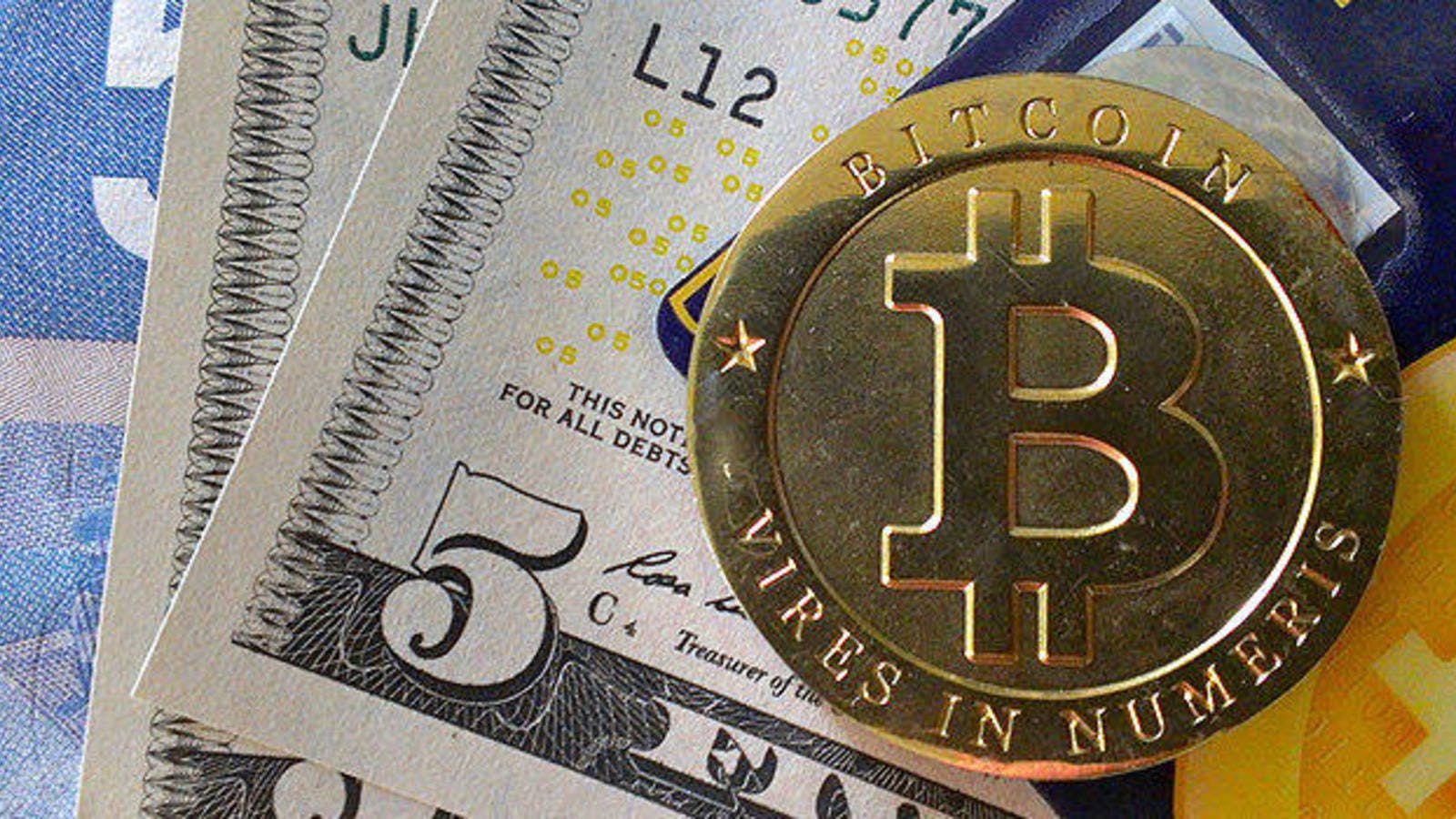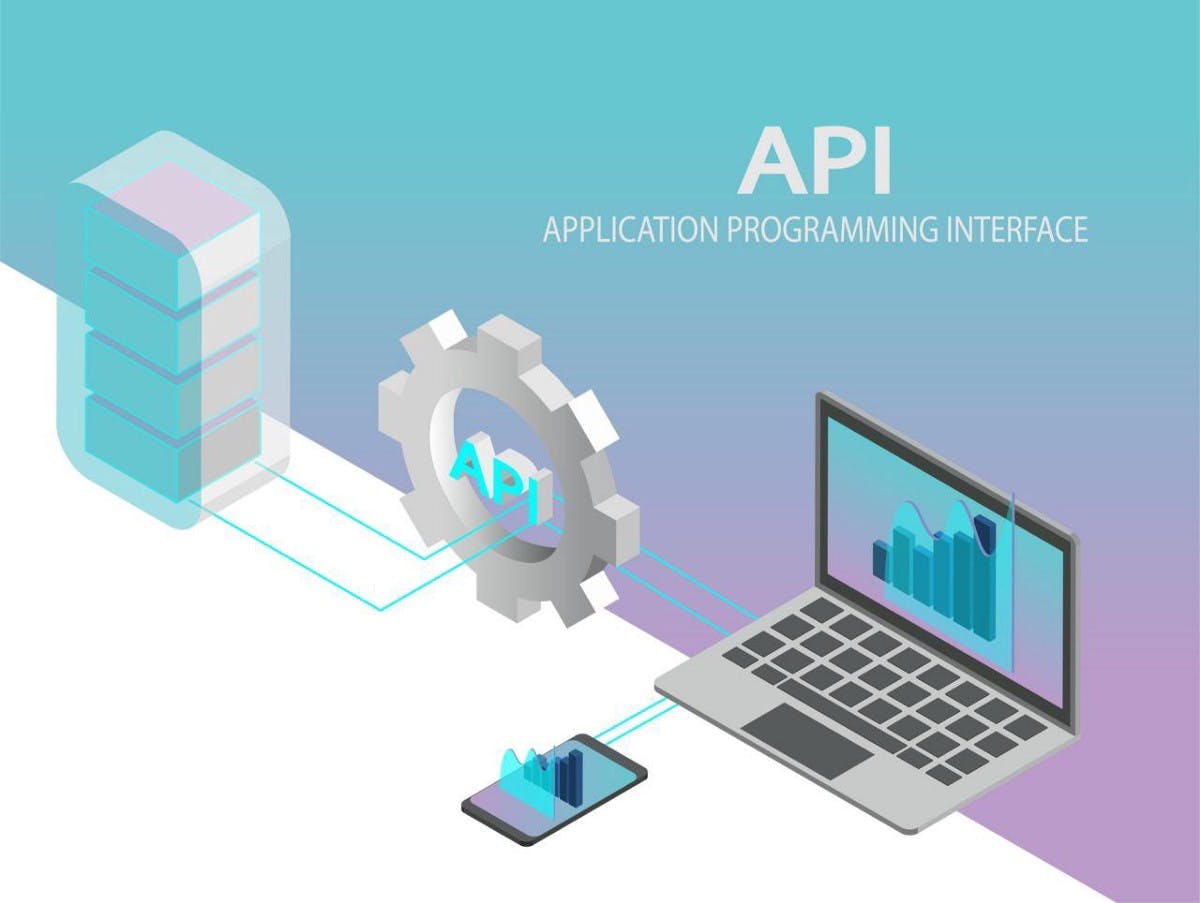
- All
- Tools
- Analytics
- Technical Analysis
- Trading
- Blockchain
- DeFi
- Guides
- Company News
- Educational
- Opinion
- Price Predictions
- Market News
- News
- Trading cases
- Practical guides
- Exchanges
- Trading signals
- Cryptocurrency
- Crypto bots
- Other
Become a crypto master
Learn everything about crypto,
trading and bots

Cardano: Breaking the Barriers to Blockchain Scalability
Start Trading on 3Commas Today
Get full access to all 3Commas trading tools with free trial period

Over the past few years, Cardano (ADA) became one of the fastest-growing blockchain platforms in the entire cryptocurrency industry. ADA is one of the top-ten cryptocurrencies by market capitalization and has already exceeded investors’ expectations numerous times since its launch in 2015. The project’s ecosystem is rapidly evolving on the path toward a fully operational blockchain platform. Just recently, its developers announced the release of an update that includes smart contracts and tools which will integrate ADA into decentralized finance (DeFi) space.
Cardano’s major advancements lie in the unique mathematical principles at the base of its consensus mechanism and multi-level blockchain architecture which sets it apart from other competing blockchains. Another reason for the cryptocurrency’s popularity is that it was created by former Ethereum developers who already have significant experience developing blockchain networks. Today we will look at the key features of the platform, its ecosystem, and the project’s future updates.
What is Cardano?
Cardano is an open-source, public blockchain for creating and executing smart contracts and other decentralized protocols. The project was built from the ground up by Charles Hoskinson, the former co-founder of Ethereum, and his team. Cardano is also the first blockchain to be peer-reviewed and developed by academic experts in the field. The non-profit Cardano Foundation that oversees the project has also collaborated with a number of institutes to research and analyze all aspects of the blockchain to ensure its viability on the market.
ADA is positioned as the first, third-generation cryptocurrency and aims to solve the scalability and infrastructure problems inherent to Bitcoin, a first-generation cryptocurrency. The first problem has to do with congested networks and high fees caused by increasing transaction volumes. Ouroboros – the algorithm at the heart of Cardano – was proposed as a potential solution to the aforementioned problem.
Ouroboros uses a Proof-of-Stake (PoS) approach to save energy costs and speed up transaction processing. Instead of having copies of the entire blockchain on each node on the network (as Bitcoin protocol does), Cardano’s blockchain optimizes nodes on the network by assigning “leaders” responsible for verifying and validating transactions from a set of nodes. Subsequently, the leader node sends transactions to the rest of the network to confirm the transactions are indeed valid.
Cardano aims to allow for crosschain transactions through sidechains that conduct transfers between the parties outside of the Cardano blockchain. The project is also developing ways to allow institutions and individuals to selectively disclose metadata associated with transactions and identities to allow cryptocurrencies to be used for trading and daily transactions.
Cardano has ambitious plans and intends to move from the settlement level to the management level, which will serve as a robust computing structure for complex applications such as gambling and gaming systems. Other applications are identity management, credit systems and Daedalus, a universal cryptocurrency wallet with automated cryptocurrency trading and crypto-to-fiat conversion capabilities. As mentioned earlier, the non-profit foundation that runs Cardano has an extensive list of partner organizations to improve its algorithms and develop new governance structures. According to Hoskinson, the partnership is mutually beneficial because Cardano’s research projects align academic incentives with the expectations of the cryptocurrency industry.
Project history
In 2014, Charles Hoskinson was working on creating the Ethereum blockchain, but later, he realized the need for a more standardized and scalable platform. Having an impressive academic background, Hoskinson founded Input-Output Hong Kong (IOHK) together with another Ethereum developer, Jeremy Wood. At the time, Japanese investors were interested in the startup and backed IOHK’s initial funding rounds.
Cardano raised additional funds via an initial coin offering (ICO) which lasted from 2015 to 2016, and the company managed to raise more than $62 million in the process. The project was launched in 2017, and amid the bull cycle, ADA’s capitalization surpassed the $500 million mark in just a few weeks. By early December 2017, the coin’s capitalization had grown to $3.4 billion, with ADA ranked 9th on Coinmarketcap.
The development of the project rests on the shoulders of three organizations:
- Cardano Foundation – an oversight and educational body responsible for standardizing and protecting the protocol, public and government relations, and strategic partnerships
- Input-Output Hong Kong (IOHK) – a research and development company responsible for improving and maintaining the Cardano ecosystem
- Emurgo – a for-profit organization that funds innovative Cardano-based applications
In addition to Hoskinson and Wood, there are several other notable figures involved in the project: Professor Agelos Kiyayas of the University of Edinburgh, Philip Wadler, one of the authors of the Haskell, Java and XQuery programming languages, and computer algorithm design and analysis expert Elias Koutsoupias.
Cardano’s blockchain architecture
The Cardano blockchain is divided into two layers: the Cardano Settlement Layer (CSL) and the Cardano Computational Layer (CCL). This structural approach sets Cardano apart from other smart contract platforms. As a reminder, Ethereum uses a single-layer architecture, which leads to network congestion, slower transaction speeds, and higher fees. Cardano seeks to address these problems through CSL and CCL. CSL provides peer-to-peer transactions such as token transfers between users; it is the ledger of the platform. Cardano exhibits higher throughput than Bitcoin or Ethereum by using a Proof-of-Stake (PoS) consensus algorithm to generate new blocks and confirm transactions.
The CCL is responsible for the computational needs of the blockchain, enabling the execution of smart contracts. It operates separately from the settlement layer to provide flexibility in the event of ecosystem changes or key system upgrades. It’s a standalone protocol that provides greater storage flexibility and an access model that allows users to create customized rules when verifying transactions.
Cardano’s consensus algorithm called Ouroboros is an improved version of Proof-of-Stake. While in PoS the right to produce blocks and validate transactions belongs to validators who lock a certain number of their coins on the blockchain, Ouroboros arranges these processes in a slightly different manner:
- First, the network selects a few random nodes, able to mine new blocks. These nodes are called slot leaders.
- The blockchain is then divided into slots, each of which is called an epoch.
- Slot leaders have the ability to mine their specific epoch or its subsection. Any member of the network who helps mine an epoch is rewarded for their contribution.
- An epoch can be divided into its component parts indefinitely. This means that the Cardano blockchain is theoretically infinitely scalable, allowing as many transactions as necessary to run without any bandwidth limitations.
Transaction blocks generated by slot leaders are additionally verified by input endorsers, who represent another group of network participants. They are also selected based on the number of ADA tokens they’ve locked. The Ouroboros mining process eliminates the need for the energy-intensive Proof-of-Work algorithm, which has recently become the target of many Bitcoin and Ethereum critics.
Cardano & DeFi
In April, it was revealed that Cardano’s next Alonzo update would include functionality that will bring the network closer to smart contract support. Alonzo will use the Plutus platform to build infrastructure and tools to develop smart contracts on a Cardano testnet, thereby bringing the network one step closer to fully implementing smart contracts via its Goguen planned update. Charles Hoskinson published the project development plan spanning up to 2025 in which he revealed the path ahead for Cardano and what’s in store for the project. Cardano has already built its foundation and achieved network decentralization, but it still has a ways to go before the envisioned blockchain becomes a reality. In the network’s final planned upgrade known as Voltaire, Hoskinson highlights that the Cardano ecosystem will become fully self-sufficient, and no longer reliant on the centralized entities currently managing the network.
A recent IOHK blog post noted that Plutus would provide support for its own Cardano-based smart contracts language. To understand the main features of the platform, three key concepts need to be revealed: advanced UTXOs, Plutus Core (the onchain component of Plutus) and the Plutus Application Framework (PAF). PAF is the standalone component of the platform that enables interaction with smart contracts.
EUTXO extends the UTXO (Unspent Transaction Outputs, first implemented in Bitcoin) model by allowing output addresses to contain complex logic to decide which transactions can unlock funds. In addition, all outputs contain user data. This allows for the validity of the transaction to be verified offline before the transaction is sent to the blockchain.
Cardano Ecosystem
Yoroi
Yoroi is a lightweight ADA token wallet that runs as a Chrome or Firefox extension. It connects to a full Cardano node hosted on a third-party Emurgo server. Yoroi provides an instant initial setup, fast and easy operation with minimal use of system resources. It runs on Windows, Mac, Linux, iOS and Android.
Metaps Plus
Korean fintech platform Metaps Plus partnered with Emurgo back in 2018. This partnership enabled the organization to launch the first ADA-enabled cryptocurrency in South Korea. Cardholders can pay with their ADA tokens at more than 30,000 merchants nationwide. They can also choose a mobile or physical gift card for convenient mobile app top-ups.
Revuto
Revuto is the first Cardano-based decentralized application that allows you to control subscription payments to a range of services. Users can approve, block, or snooze payments to their most used subscription services like Spotify, Netflix, and Dropbox, to name a few. Revuto uses its REVU token to provide its users with additional features and unlock rewards. In a nutshell, Revuto is an intuitive subscription management service designed to save users’ time and money. The subscription market has grown massively since March 2020, and Revuto is poised to help its users save both time and money. The project has already been generating significant buzz, and it closed its private token sale in just one week..
The developers of the app launched the first public REVU token sale on May 18, and the startup has already received investments from IOHK, Beyondo, Manigo, Crobitcoin, and NodeFactory. According to their development roadmap for the project, the public token sale will be the first step toward full deployment in Q3 and Q4 2021.
Liqwid
Liqwid is an open-source, decentralized liquidity protocol for lenders and borrowers. With Liqwid, ADA tokens can be used as collateral to lend or borrow in USD. This makes Liqwid is similar to Ethereum-based projects like Aave, Compound, and Yearn.finance. The protocol has two separate tokens with their own functions. The $LQ token is a governance token designed to manage the community platform and vote on proposed changes to the protocol. qTokens, on the other hand, are interest bearing tokens that users can receive for their deposits on the platform. qTokens are minted and burned depending on when a user deposits and withdraws their funds from the platform. One of Liqwid’s goals is to have simultaneous betting and profitable farming. Thus, users can receive rewards for delegating and staking on Liqwid Finance.
Conclusion
Cardano boasts an impressive team of developers with decades of experience and a long-term vision for the progress of its blockchain. So far, the main use cases for ADA are as a means of settlement and speculation, but Cardano intends to go beyond its current capabilities and become a full-fledged ecosystem that could well become a major player in decentralized finance for decades to come.

A proven leader, successful at establishing operational excellence and building high-performance teams with a sharp focus on value creation and customer success.





